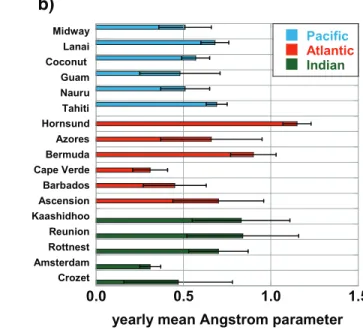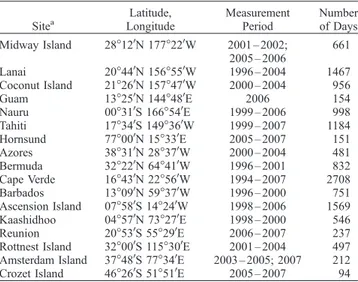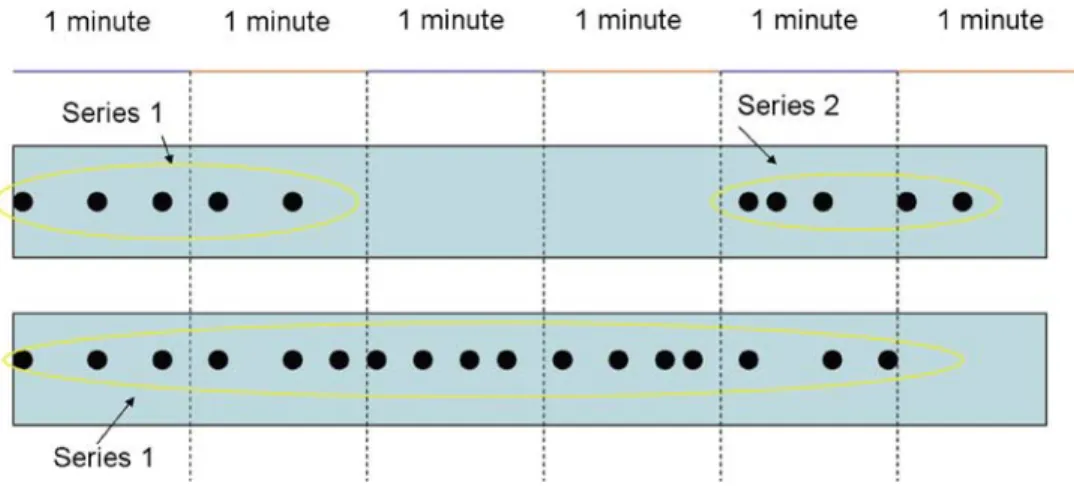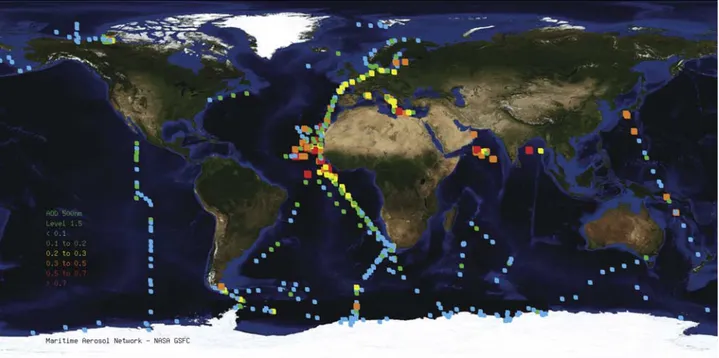Maritime Aerosol Network as a component of Aerosol Robotic Network
Texte intégral
Figure




Documents relatifs
Quatre des plus grands systèmes turbiditiques répertoriés à ce jour sont présents dans l’océan Indien : le système turbiditique du Gange-Brahmapoutre, le
Dans la cinquième partie, on prouve, grâce à un résultat de Rodier, une formule donnant le nombre de modèles de Whittaker d’un type fixé d’une représentation
Mean factorial effects calculated from caspase 3/7 activity assay values for primary rat hepatocytes at two time points in the presence of six
* If the greater rate of heating - and a factor of 1.5 is not really very much greater - in the copper strands begins to raise their temperature above that of the
We then analysed the pharmacokinetics of the three antiretrovirals dosed as immediate release formulations and in gastric resident dosage forms in pigs.. 2 Mechanical
We do this with our four constructed transformations - complex spatial transformation, spatial squeezing, parametric squeezing, increased damping - for a case study physical model
The most significant findings are (1) large increases in the ozone column density at high latitudes during late winter-early spring of each hemisphere that totally disappear
Si isotope fractionation occurs only in the high-Al concentration experiments, characterized by an enrichment of the light Si isotopes in the solids formed early5. With ongoing
